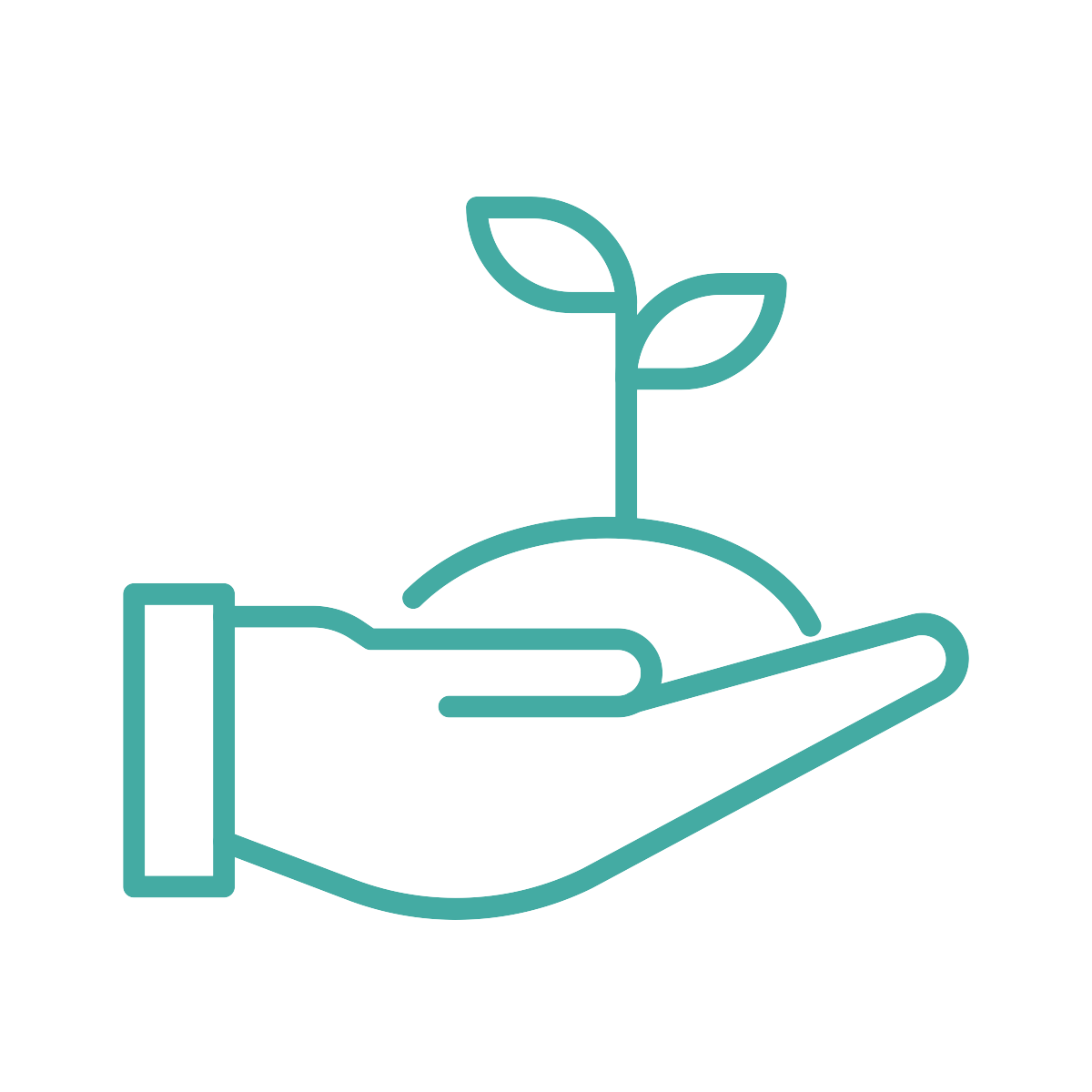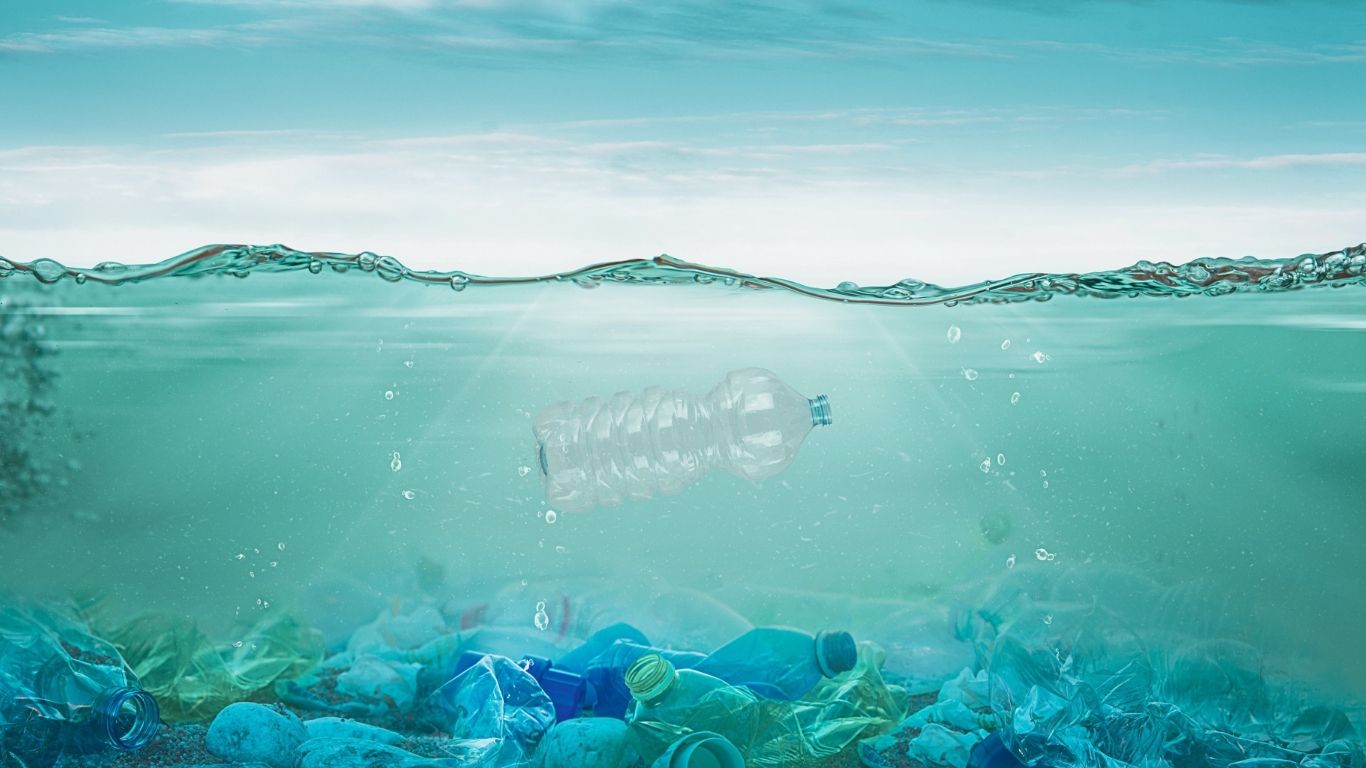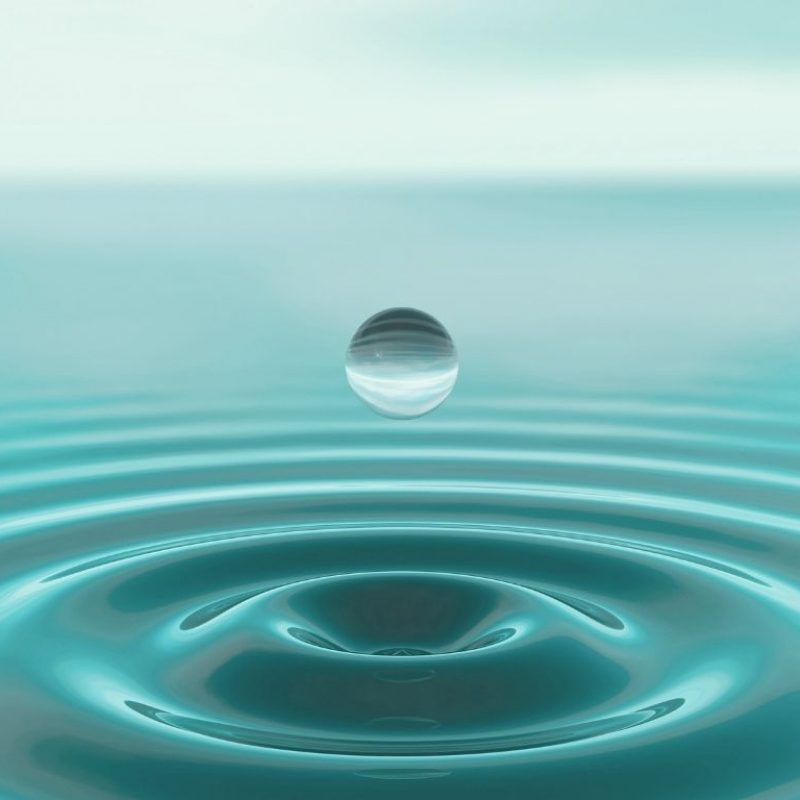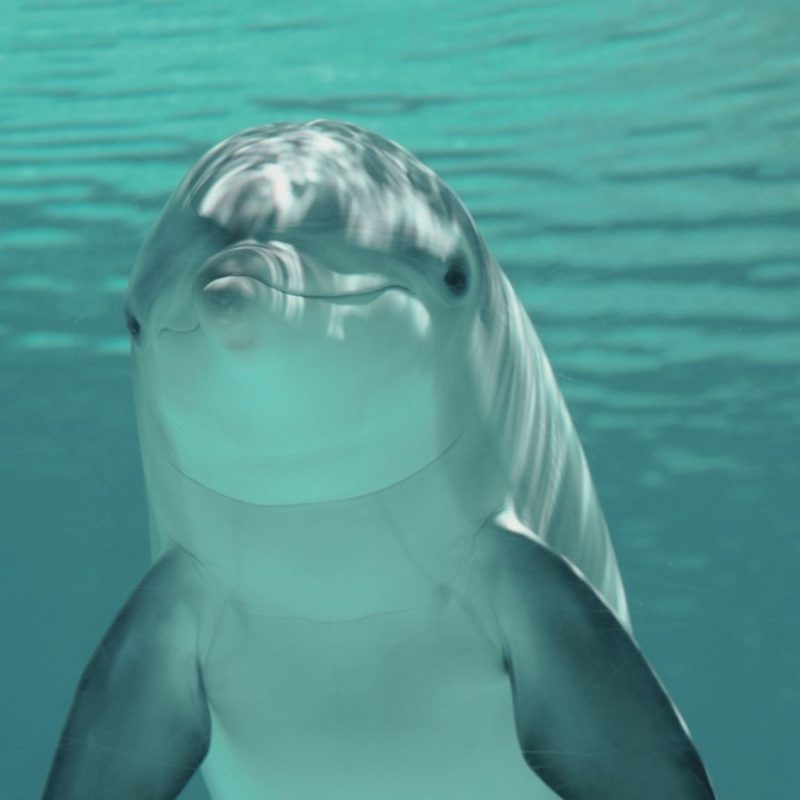What is plastic and a history of it
Plastics are an integral part of our daily lives, from water bottles to high-tech medical equipment.
Plastic is a synthetic or semi-synthetic material that can be molded into almost any form. It is made from polymers, which are long chains of molecules that can be derived from natural resources such as cellulose or from synthetic materials like petrochemicals.
The history of plastics can be traced back to the 19th century, when scientists and inventors began experimenting with new materials to replace traditional ones like wood and metal. One of the first plastics was Parkesine, invented by Alexander Parkes in 1856, which was made from cellulose. In 1907, Belgian-born Leo Hendrik Baekeland invented Bakelite, the first fully synthetic plastic.
During World War II, the use of plastics increased dramatically as the demand for lightweight, durable materials for use in the battlefield grew. After the war, the use of plastics continued to rise as new types were developed and the range of products expanded.
In recent years, there has been increasing concern about the environmental impact of plastics. While their convenience and durability are advantageous, they come at a significant cost to the planet. Plastic pollution is a serious problem affecting our oceans, wildlife, and even human health.
Every year, millions of tons of plastic end up in our oceans, harming marine life and disrupting ecosystems. Plastic debris can suffocate or entangle marine animals, causing injury or death. Additionally, plastic breaks down into smaller particles known as microplastics, which are ingested by marine animals and can make their way up the food chain to end up on our plates. Some researchers suggest that by 2050, there could be more plastics than fish in the oceans by weight.
Besides its impact on marine life, plastic pollution also harms terrestrial animals and birds, who mistake plastic litter for food. Plastic waste creates a visual blight on our landscapes and communities and poses a public health hazard as toxic chemicals leach into soil and waterways. Large amounts of this waste end up in oceans, landfills, and other areas. Unfortunately, a staggering 91% of all plastics aren’t recycled, and almost all items ever produced are still around.
Sustainable alternatives to plastic
The best way to reduce plastic is to follow the 3Rs:
- Reduce cutting back on the amount of plastic products we purchase.
- Reuse finding new ways to use things that otherwise would have been thrown out.
- Recycle send existing products to industrial facilities to ve converted into something new and useful. However, it’s important to note that recycling is not a perfect solution, as most plastics can be difficult to recycle and end up in landfills or the environment. PET and HDPE are the most commonly recycled.
Consider using other products not made with conventional plastics but with the same functionality. Some examples include:
- Paper, Ceramic, Glass, Metal, Wood
- Natural fibers such as Sugarcane, Bamboo, and Wheat Bagasse
- Bioplastics
Video courtesy of The Cartoon Network
The rise of Natural Fibers and Bioplastics
The scientific community has been experimenting with materials There are several types of bioplastics, each with their own unique properties. For example, starch-based bioplastics are strong and flexible, making them suitable for packaging materials and consumer goods. Cellulose-based bioplastics, on the other hand, are stiffer and more brittle, and are commonly used in the production of textiles. Bioplastics made from lactic acid are biodegradable and are used in medical applications and food packaging.
Bioplastics are often considered more sustainable because they are made from renewable resources and are biodegradable. Some break down much faster than traditional plastics. The best known are PLA and PBAT. A new group of biopolymers called PHA are produced by microorganisms such as bacteria.
Bioplastics are not a solution for all plastic waste but it is a step in the right direction, especially for products that are used once and thrown away.
One of the main challenges in the widespread adoption of bioplastics is cost. They are still more expensive to produce than traditional plastics, making them less attractive for companies and consumers. Another challenge is the lack of infrastructure for collecting and processing bioplastics, meaning that they may not be properly disposed of. Finally, the lack of awareness among the public about their benefits is another obstacle to widespread adoption.
We promote zero consumption of unneeded items, however when necessary we offer eco friendly products with the following features:

Recyclable
Materials that can be collected, processed, and returned to the manufacturing process to make new products in the future.

Recycled
Materials that have already been used, collected, processed, and returned to the manufacturing process to as new products..

Biodegradable
Materials that can be broken down, decomposed and returned to the environment by natural biological means, such as the action of microorganisms. They will eventually break down into natural elements, such as carbon dioxide and water, but the process can take a long time, may not happen in all environments, and may leave toxins or residues.

Compostable
Materials specifically designed to break down quickly and completely in a composting environment, where microorganisms transform them into nutrient-rich soil leaving little or no toxic residues (normally in 180 days if certified). These materials are typically made from renewable resources such as plant-based. There are industrial and home compost products.
Plastic Codes
The number printed on the bottom of plastic products is known as a “resin identification code,” and it is used to identify the type of plastic that the product is made from. The code is usually a number between 1 and 7, and it is often found printed in the product.
Each of them has specific recycling standards.
1: Polyethylene Terephthalate (PET or PETE)
2: High-Density Polyethylene (HDPE)
3: Polyvinyl Chloride (PVC)
4: Low-Density Polyethylene (LDPE)
5: Polypropylene (PP)
6: Polystyrene (PS)
7: Other Plastics (PLA)(ABS)
It is important to note that the number is not a guarantee of recyclability, and some local recycling programs may not accept certain types of plastic. It is best to check with your local recycling program to determine which plastics they accept.
Greenwashing is the practice of making false or misleading claims about the environmental benefits of a product or service. It is a form of marketing that is used to make a product or service appear more environmentally friendly than it actually is. Greenwashing can take many forms, such as exaggerating the environmental benefits of a product, making unverified claims, or using vague or undefined terms.
Examples of greenwashing can include products that are labeled as “organic” or “natural” when they do not meet the standards for those terms, products that use a small amount of recycled content but are still mostly made from virgin materials, or services that claim to be carbon neutral but do not offset their emissions in a meaningful way.
Greenwashing can be a problem because it can mislead consumers and make it difficult for them to make informed decisions about the products they purchase. Additionally, it can make it harder for truly environmentally friendly products and services to stand out and be recognized for their green credentials.
To avoid greenwashing, consumers can look for certifications and standards that verify the environmental claims of a product or service, and be wary of vague or undefined terms such as “green” or “eco-friendly”. They can also research the company and its practices to ensure that it truly is committed to sustainability.
We are not the only eco-friendly products company. Support any other that appeals to you as a serious alternative. Together we can achieve more.
direccioncomercial@happyseal.com.mx
5565354098



